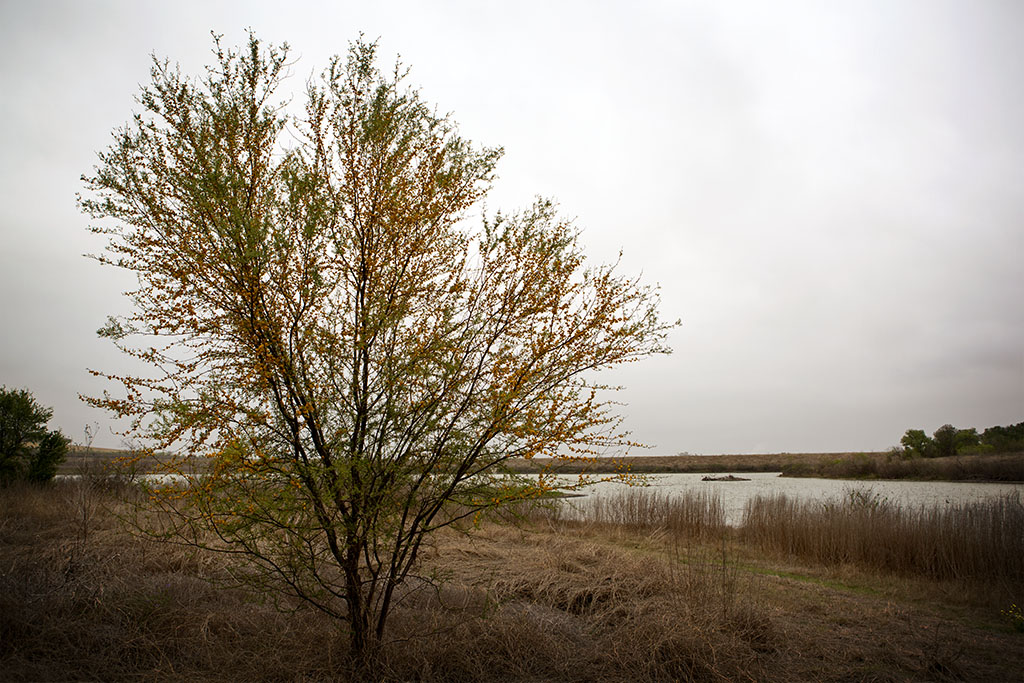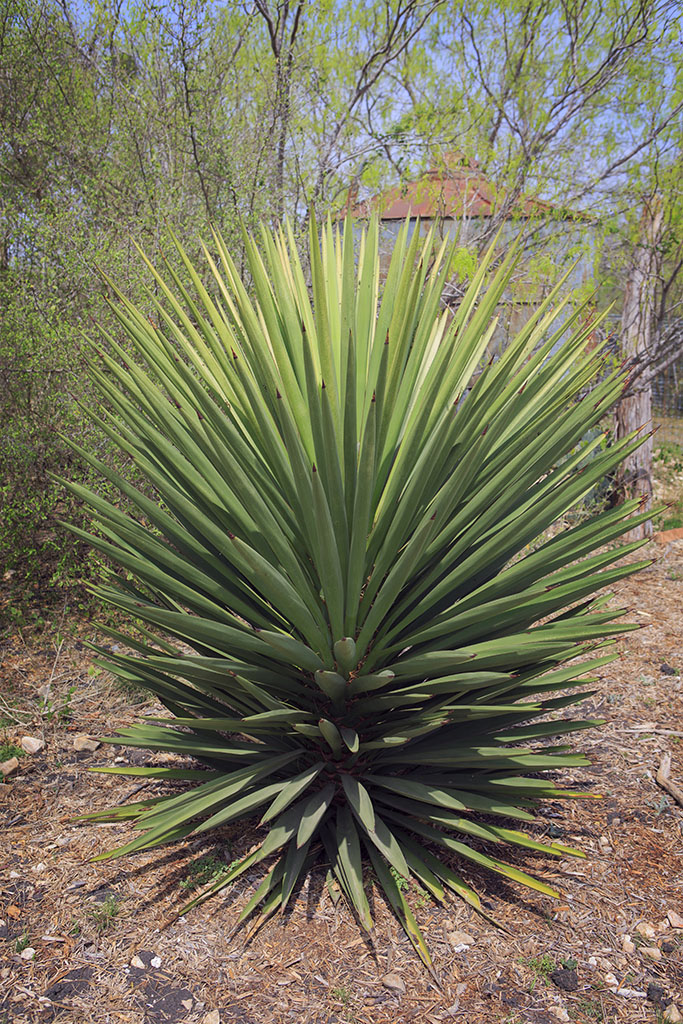Mesquite Creek Landfill and Wildlife Habitat Area
A few weeks ago, we got to visit the Mesquite Creek Landfill near New Braunfels. The Hays County Master Naturalists sponsored a field trip to the site, as part of our Advanced Training.
I know that most people don’t associate landfills with good land management, but think about it for a moment. Our society produces a lot of trash. We encourage recycling, and more people are doing it, but it’s not having a big impact. We’re going to have landfills for the foreseeable future. Let’s make sure they are least designed, implemented, and managed properly.
The Mesquite Creek Landfill is operated by Waste Management and complies with the Environmental Protection Agency’s regulations. David Garcia, the Site Manager, gave us a presentation explaining how the landfill is designed to minimize the environmental impact. Each section is carefully engineered and design to capture all the groundwater that percolates through the landfill, known as leachate. The pits are lined with impervious plastic sheets which direct the leachate to a collection point. The gathered water is treated, similar to sewage, before evaporating of begin released.
The decomposing organic material also produces landfill gas, mostly methane, which the landfill used to gather and burn in controlled flares to eliminate it. Recently they have started using it to generate electrical power for the cities of New Braunfels and Seguin. A by-product which used to be wasted is now put to good use.
Adjacent to, and downstream from the landfill is a 300 acre Wildlife Habitat Area, owned by Waste Management, and managed by the Lindheimer Chapter Master Naturalists. It is one of their signature projects. It shows how little impact the landfill has on the environment and provides valuable habitat. It also serves as a learning center for public outreach.
There is a reservoir in the Wildlife Habitat Area, and I took this photo of a huisache (Vachellia farnesiana var. farnesiana) along it’s shore. The huisache is also known as a Sweet Acacia. It’s considered a weed by many, but it’s quite pretty when in bloom, covered by small yellow flowers.
Here’s a nice Spanish Dagger (Yucca torreyi). It’s about 5 feet tall and very cylindrical in shape. The leaves look quite dangerous. Everything about it says – “Stay away!”
Here’s a close-up of the flowers on another Spanish Dagger. The flowers are white. I decided to give it a black and white treatment to emphasize the graceful form and arrangement. Quite a contrast to the spiky leaves!




I have looked at four or five articles about this apparently lovely place and not a single one has a map! They should ALL include “how to find it” information, and not a one really does.
The very first link in the article is a map the the landfill.